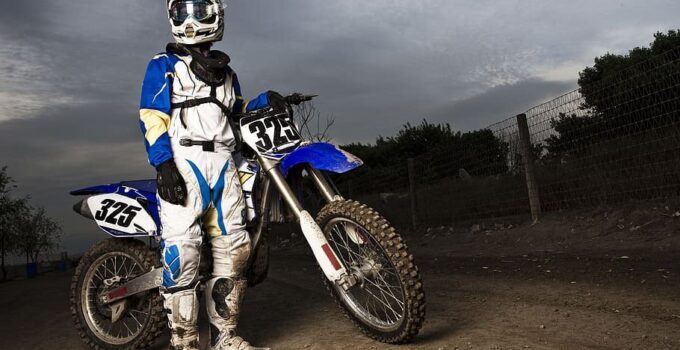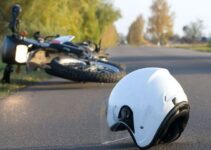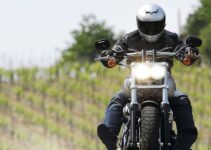Unlike car and truck drivers, motorcyclists should pay special attention to safety measures to be ready for accidents. And it’s not enough to wear a stylish helm to survive and feel comfortable on the road. You should remember the old abbreviation ATGATT that is an easy way to remember the essential rule of every rider: “All The Gear, All The Time.”
If you think that taking short rides doesn’t require safety measures, you should know that more accidents occur when people drive the same highway every day rather than on a faraway journey. Read this guide by YourMotoBro.com experts to buy the best safety gear and ride confidently.
Page Contents
Helmet

source:pexels.com
A sleek helm is the first thing to include in your shopping list. Amongst thousands of models, you have to pick up the one that meets your everyday needs or lets you be ready for severe sports conditions. In both cases, put security above style.
There are 3 types of helmets, such as full-face, ¾, and ½ (found out more at kidsatvsale.com). Full-face models provide reliable protection for your head, neck, face, and eyes. It minimizes the risk of being hit by a rock or sharp glass. Due to the sleek aerodynamic design, it can reflect the vast majority of small objects. Moreover, it will keep your neck covered from heavy hits from behind.
A ¾ helmet is nearly the same but doesn’t include a chin guard, which means worse face protection. All other features, such as flip-down visors, ventilation, and neck guard, are usually provided. Finally, a ½ helmet is a classic option that can protect the back of your head, temples, and forehead. All other areas remain open.
Eye Protection
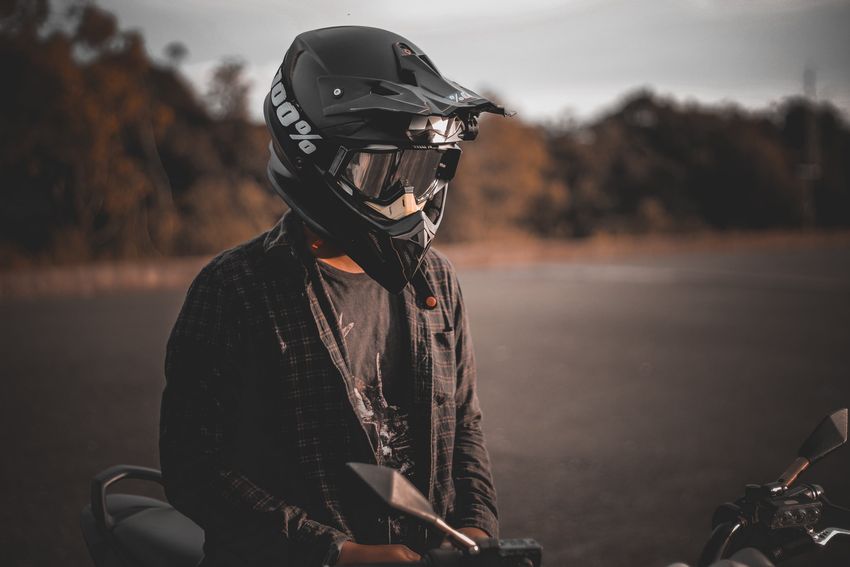
source:pexels.com
No matter what helm type you prefer, you can add extra eye protection. Sunglasses are ok for sunny days and small insects, but they don’t guarantee any impact protection. That why you should buy motorcycling goggles that are designed to protect your eyes and nose bridge from a wide range of threats. They don’t constrain peripheral vision and look really stylish with leathers.
Suit
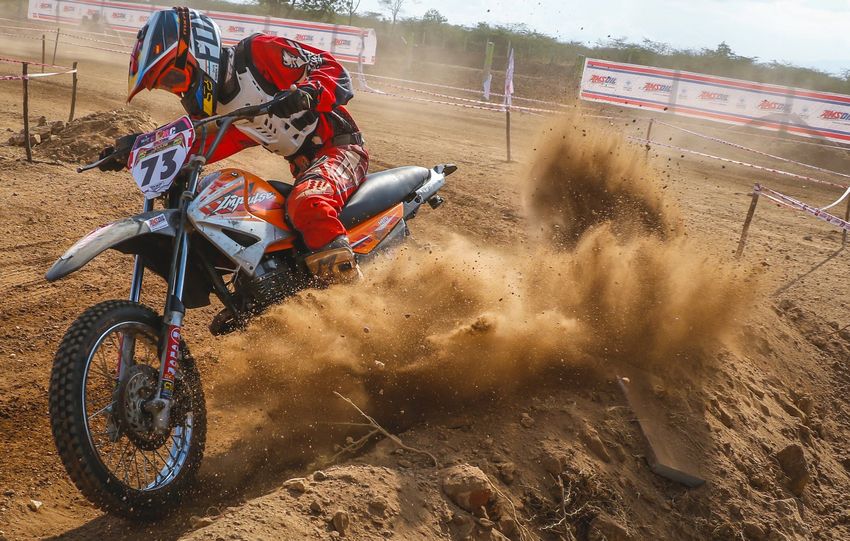
source:pexels.com
Motorcycling suits are usually overalls or two-piece sets that provide excellent sport-level protection, professional selection of materials, and a robust combination of characteristics. Picking up a suit, look for the one that’s not cumbersome, but big enough to be worn above your average clothes. If you want a solid full-body covering, two-piece suits will be good too due to waist-attachable jackets. Suits are usually the best when it comes to sports competitions, such as rally, dirtbike racing, and classic speed lap racing.
Jacket & Pants

source:liveabout.com
If a suite doesn’t match your style, you can always purchase a jacket and pants separately. Both items should be sustainable to weather conditions in your area, protect you from water, sweating, or freezing. Trying on jackets and pants, try to imagine whether you are able to ride a thousand miles in it or not. Next, look for ergonomics, such as pockets and visibility elements. Make sure that there are at least a few reflective inserts to boost your visibility on the road.
Boots

source:pexels.com
Although motorcycle boots can look like normal boots, they have many hidden differences. They’re usually high and include built-in ankle protectors, and are made of materials with reduced flexibility to prevent sprains and minimize the risk of fractures. It’s also good if your boots don’t have laces or they’re hidden. If you look for a pair of classic leather boots, choose the ones of treated leather that doesn’t soak water and get soggy. They should also be covered with an anti-abrasion layer, and have extra stitching to survive sliding on the ground.
Gloves

source:pexels.com
Don’t underestimate the power of gloves as they may literally save your life. Most riders naturally try to stop sliding with their hands if they fall off the bike. Imagine what will happen to your hands if you do so without gloves! The protection of knuckles, fingers, and palm is necessary not only in accidents, though. It’s also important to keep hands ventilated when it’s hot outside to avoid sweating and sliding as well as freeing of joints from the cold wind. Your gloves must fit perfectly to provide a better grip and prevent fingers from swelling.
Extra Body Armor
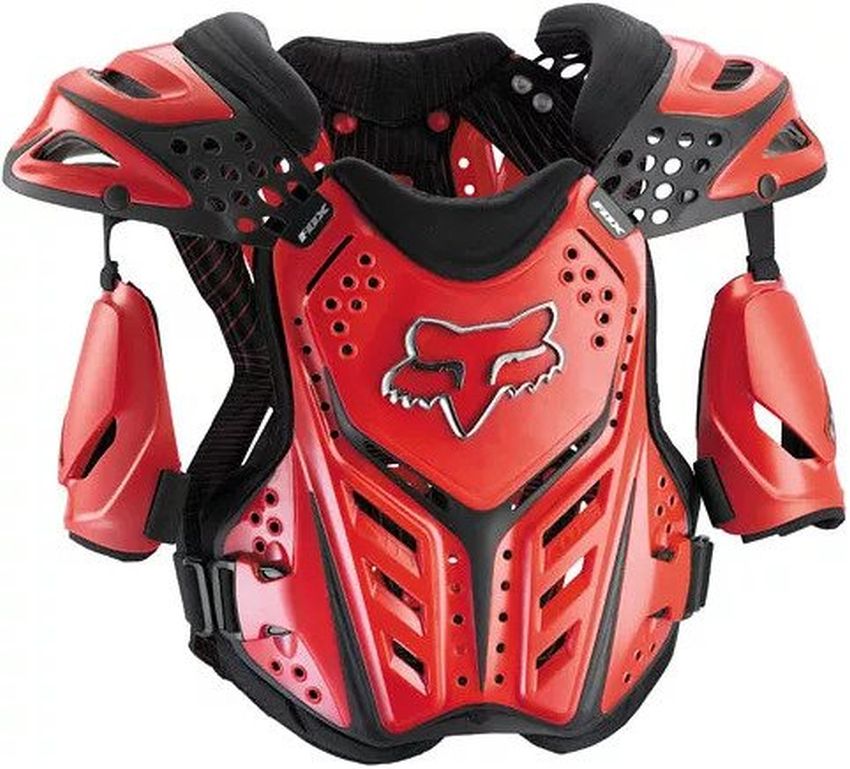
source:liveabout.com
Even if your jacket and pants have the best high-end kevlar protectors on elbows and knees, some extra defense won’t ever be excessive. You can get additional guards for elbows, shin, and knees if the default layer doesn’t satisfy you. Moreover, you can wear armored shirts below your jacket or suit. Such a long sleeve will increase safety a lot and strengthen your spinal cord, chest, and even shoulders. It’s usually quite compact so that you can try it on with an average jacket above. Similar armored panels are available for legs too. Such an exoskeleton will cost you a small fortune, but there’s no overly high price for life security.
Hearing Protection
You’re lucky if you don’t know how your head may ache after a long ride. No matter how good your helmet is, the sounds of loud city traffic and the white noise of the wind may drive anyone crazy. Go to the nearest grocery store and buy a set of earplugs. They won’t make you feel deaf but will cut off annoying high frequencies and let you concentrate on the road better.
If You Buy Online
It’s rather challenging to choose the right size of everything from helmets to gloves because it depends on the country and manufacturer. YourMotoBro.com team recommends you to order several items at the same time and buy them only after thorough fitting. YouTube reviews and advice from experienced motorcycle owners will also help a lot.
Prepare Hard, Ride Easy
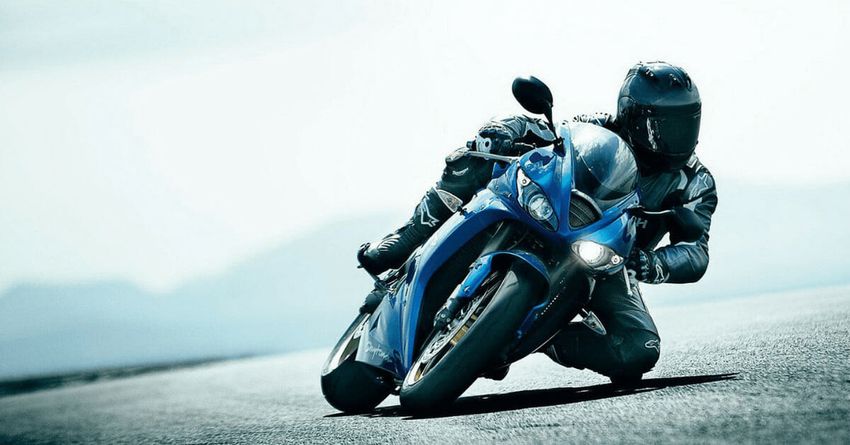
source:motorcyclelegalfoundation.com
It’s always up to you whether you don’t want to bother about personal safety or not, but it’s definitely better to get an insurance check for repairing your bike rather than for mending broken bones. Look for options that match your local weather conditions, special purposes, speed limits, traffic density, and, of course, your unique style.

